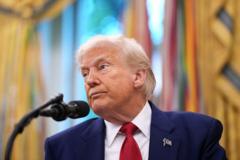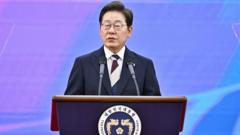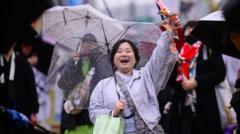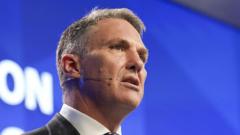On May 3, Australia will conduct its first federal election since 2022, determining its next prime minister and the composition of parliament. Voting is obligatory for all eligible citizens, with approximately 18 million registered voters preparing to participate in the unique Australian electoral system, known for its compulsory voting and preferential voting method.
Australia's Upcoming Federal Election: What to Expect on May 3
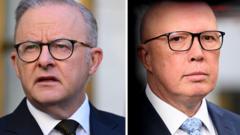
Australia's Upcoming Federal Election: What to Expect on May 3
Australians prepare to vote in a pivotal federal election, shaping their future leadership.
The electoral process requires voters to rank candidates, ensuring that if no candidate achieves more than 50% of votes initially, preferences are redistributed until a majority is secured. This election will see all 150 House of Representatives seats and 40 of 76 Senate seats contested. The two dominant parties, the Australian Labor Party and the Liberal-National coalition, will vie for at least 76 House seats to secure a majority government.
Currently, the Labor Party holds a fragile majority, having captured 78 seats in the last election, while the coalition obtained 57. A reduction of just two seats for Labor would strip them of their majority, as they have lost one seat since then. For the coalition to regain power, they would need to win at least 19 seats.
The key candidates include incumbent Prime Minister Anthony Albanese, who has faced scrutiny over economic management and social justice issues, and Peter Dutton, new leader of the coalition, known for his conservative stance. The primary concerns for voters include the rising cost of living, inflation, and housing affordability, which have become critical challenges since the last election.
Results are expected to come in quickly on election night, but the official count may take several days as the Australian Election Commission meticulously verifies all votes. As the election date approaches, both parties are ramping up their messages to address the pressing issues facing their constituents.
Currently, the Labor Party holds a fragile majority, having captured 78 seats in the last election, while the coalition obtained 57. A reduction of just two seats for Labor would strip them of their majority, as they have lost one seat since then. For the coalition to regain power, they would need to win at least 19 seats.
The key candidates include incumbent Prime Minister Anthony Albanese, who has faced scrutiny over economic management and social justice issues, and Peter Dutton, new leader of the coalition, known for his conservative stance. The primary concerns for voters include the rising cost of living, inflation, and housing affordability, which have become critical challenges since the last election.
Results are expected to come in quickly on election night, but the official count may take several days as the Australian Election Commission meticulously verifies all votes. As the election date approaches, both parties are ramping up their messages to address the pressing issues facing their constituents.

